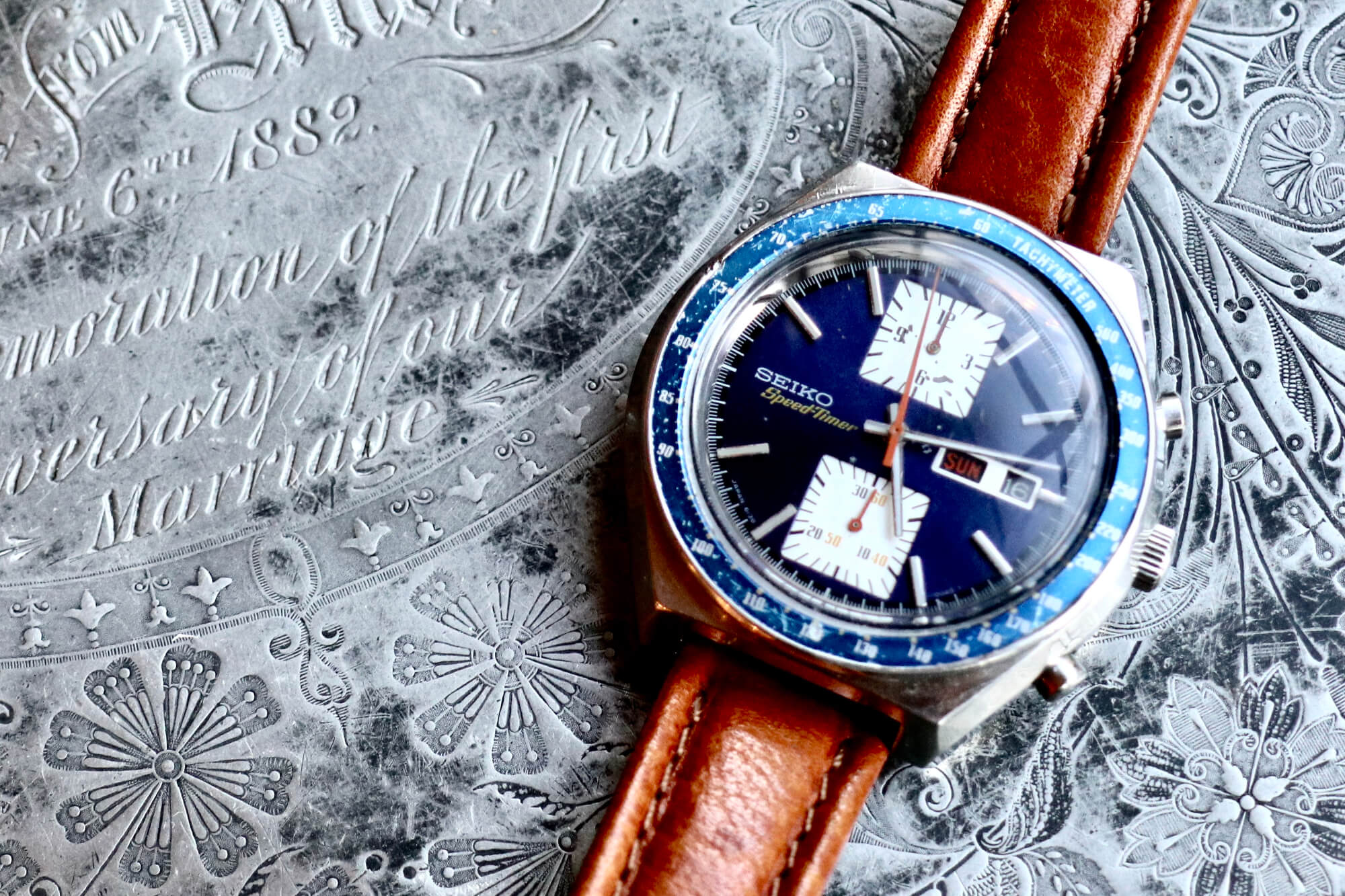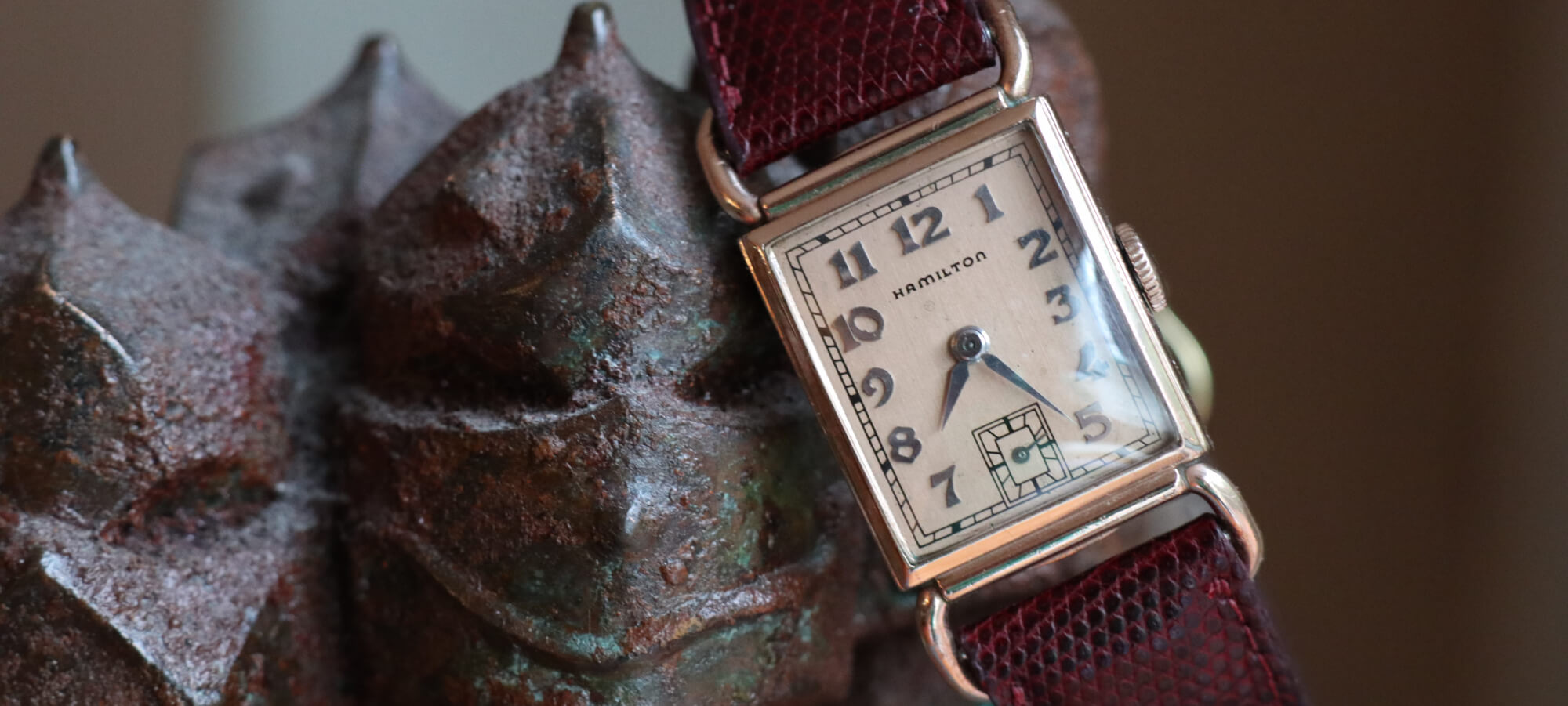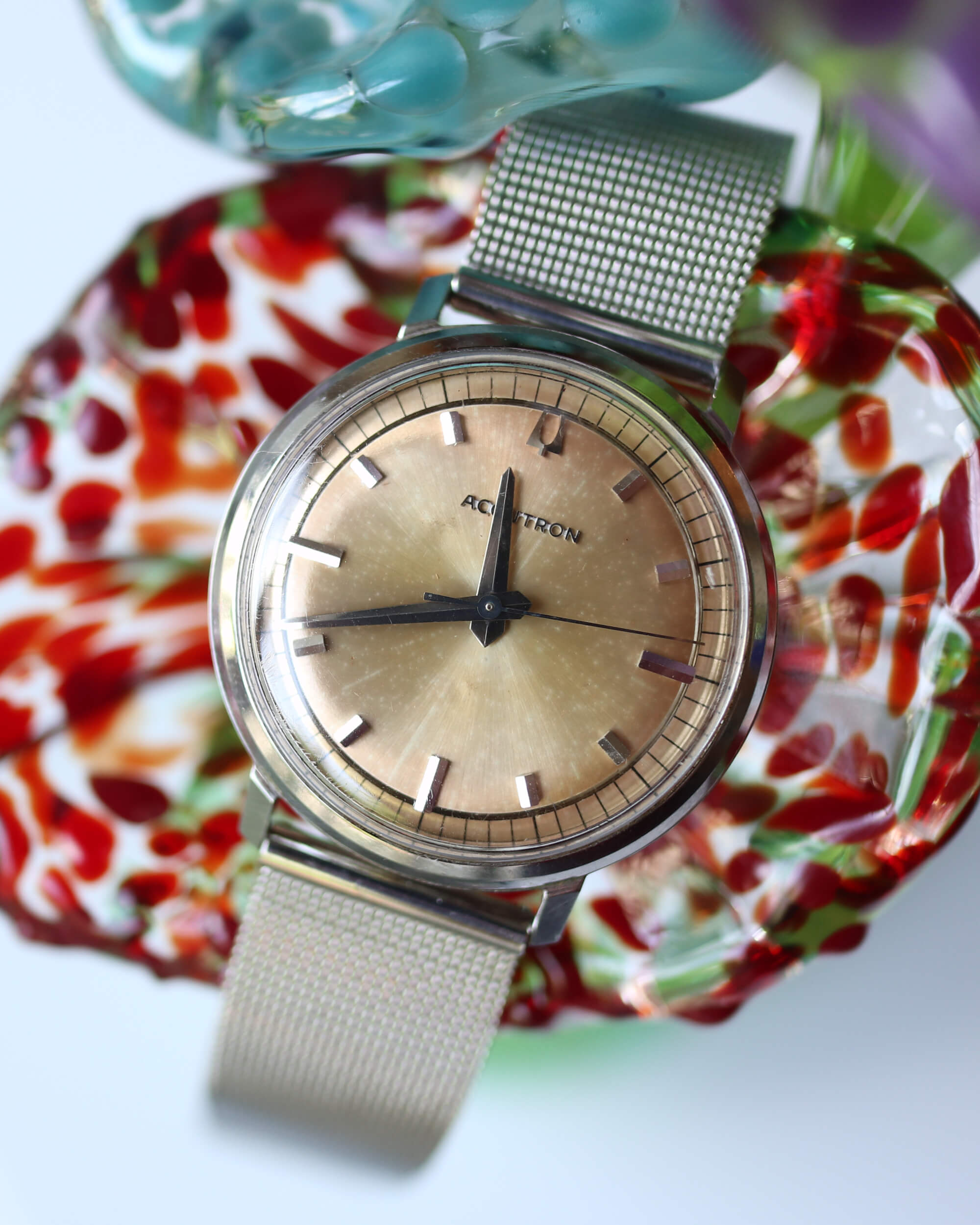 Wait a Minute! is a new column that delivers quick reads meant to stimulate conversation.
Wait a Minute! is a new column that delivers quick reads meant to stimulate conversation.
The initial phase of watch enthusiasm is all about figuring out what you like, what fits, what gives you that little dose of adrenaline when it’s on your wrist. At the same time, when you’re trying to figure out what you like, the world you’ve just entered is inundating you with shoulds, like the brands you should like and the specs you should expect. And that you should revere vintage watches. While there’s certainly a lot to love about vintage watches, I’ve found that they’re best enjoyed from afar because buying and owning them is nothing short of an ordeal.
For me, the problem is with the acquisition process more than it is with everything that happens after that. The sea of vintage watches is swirling with risk, with few remaining opportunities to find a diamond in the rough. The treasure trove of information available to even the most casual buyer means that the days of incredible steals are all but gone; sellers know what they have, and buyers know what to look for. And though it may be less of a concern at lower prices, you never quite know if what you’re getting is all original, and sifting through all the watches in middling to poor condition is its own special kind of hell. It all amounts to a protracted buying process that’s fraught with anxiety.
Once you finally get the watch, you’ll almost definitely be stuck with an outdated movement that will require expensive service, likely involving parts that need replacing, not just a cleaning and lubrication. If you’re lucky, that service won’t be needed right away, but if you’re less lucky, you’ll get a watch that starts acting up on arrival or soon after. And you’ll have to baby it because everything is more fragile and the water resistance is shot. Yes, there are solutions and things you can do to mitigate these issues up front, but it all adds up to extra work, extra time, and extra money.
Speaking of which, you may think that if you’re lucky enough to have the financial resources to buy the best of the best, that would remove some of the risk. And it does help a bit, not least because you’re probably also fortunate enough to have the time to find those pieces; when money is no object, neither is time. But even then, the search can last years and there remains the constant risk and associated worry that the watch isn’t authentic in whole or in part. As we’ve seen recently, even the hallowed halls of the most reputable auction houses aren’t able to ensure that a watch is authentic.
Vintage gives us a wide variety because it spans such a wide time: fancy lugs, quirky complications (I once had a watch with a second seconds hand, for no apparent reason), wild dials, and unique bracelets, to name a few. But nowadays, the watch market is replete with reissues, and even new designs are becoming more interesting as brands seek to differentiate themselves and, particularly, as big brands are pushed by the nimble creativity of smaller brands toward more novel designs. All to say that the only thing a new watch can’t deliver is the story that sometimes comes with a vintage watch. But I prefer to make my own stories with my own watches. Why would I endure the headaches of buying and owning a vintage watch when I can get a modern watch with the same charm, right now, without the risk?


